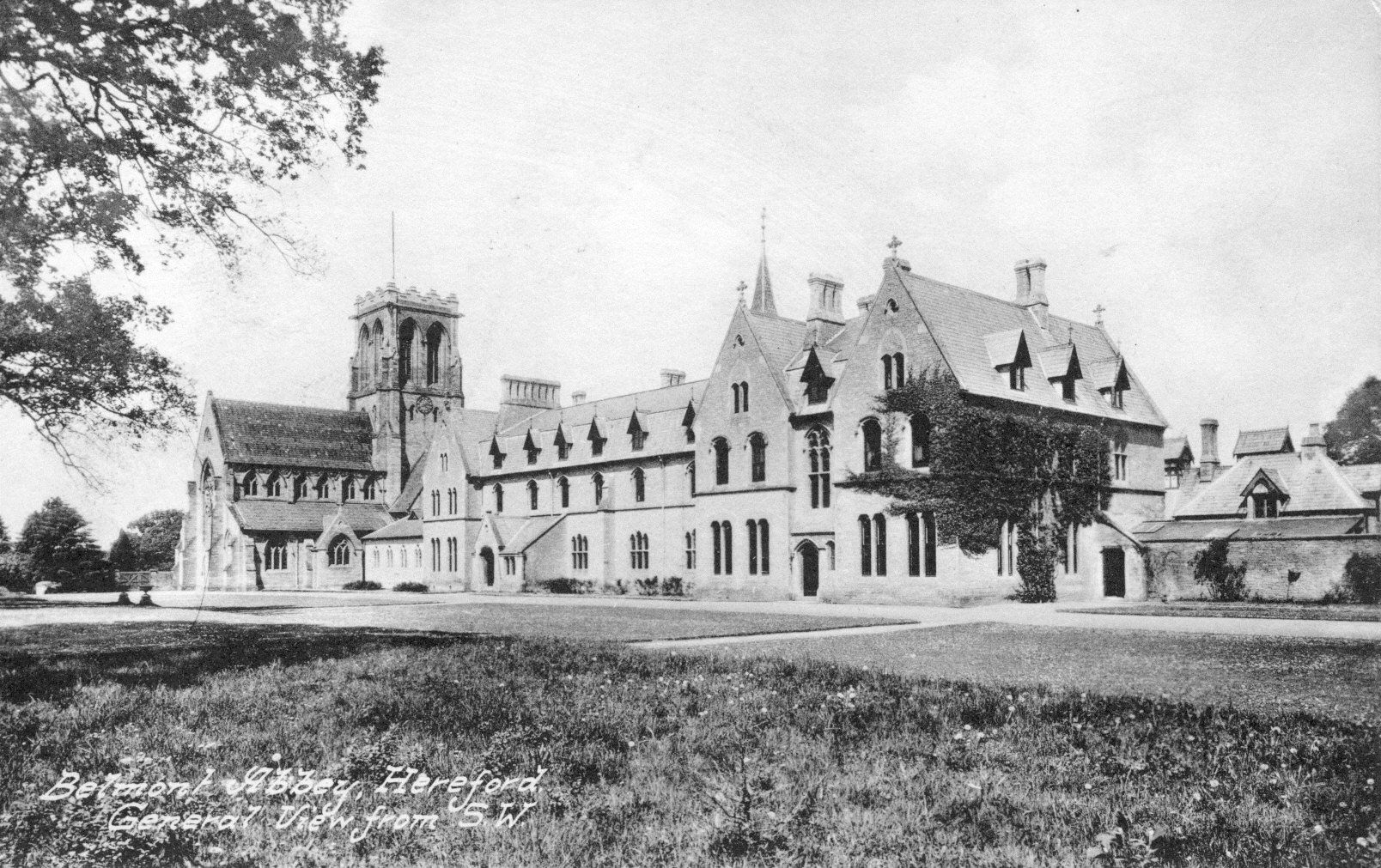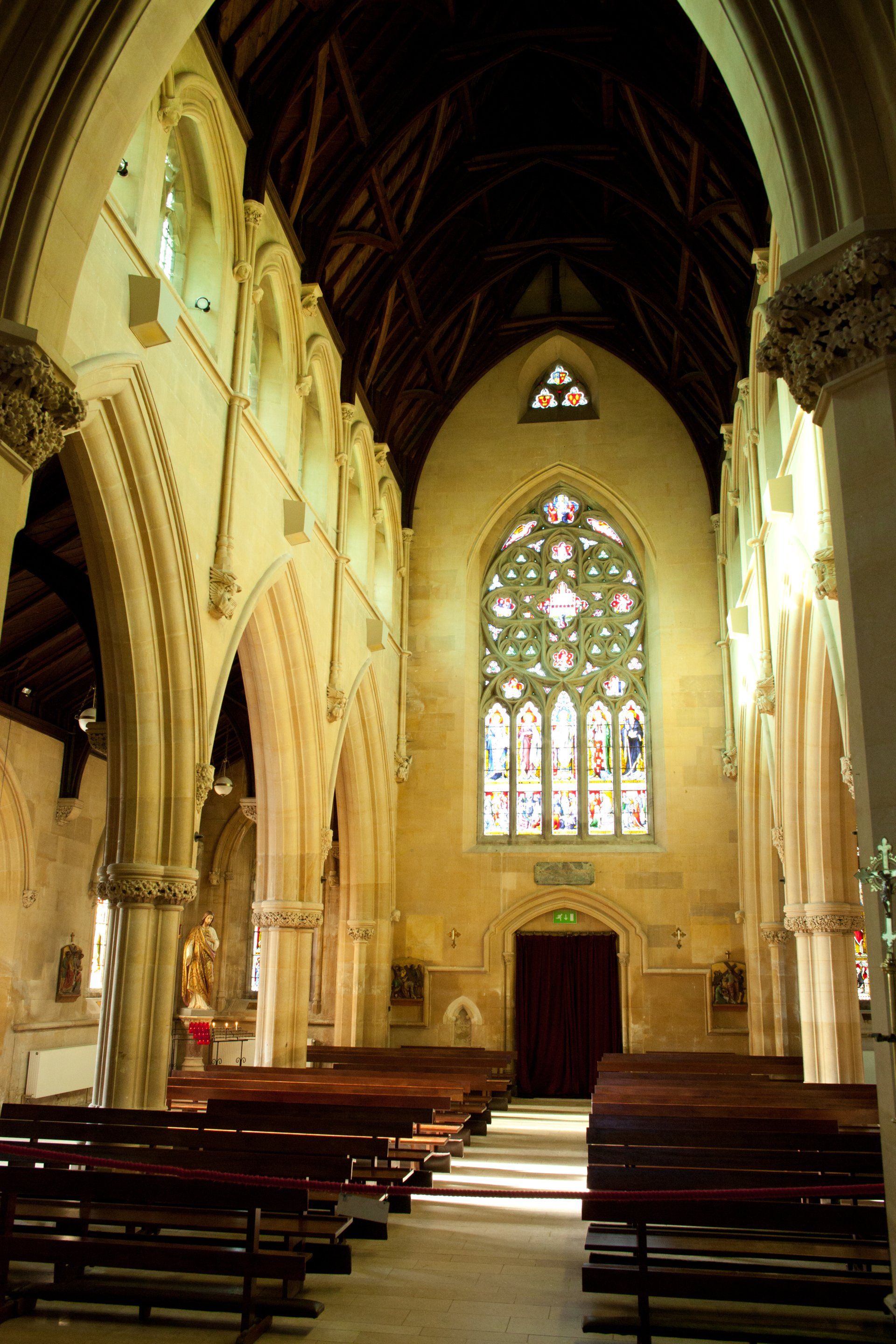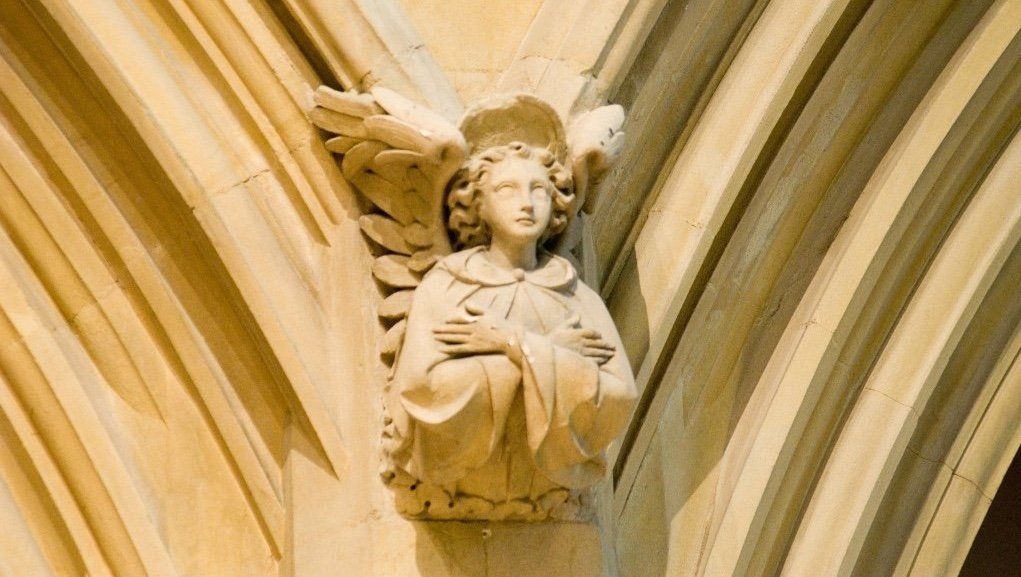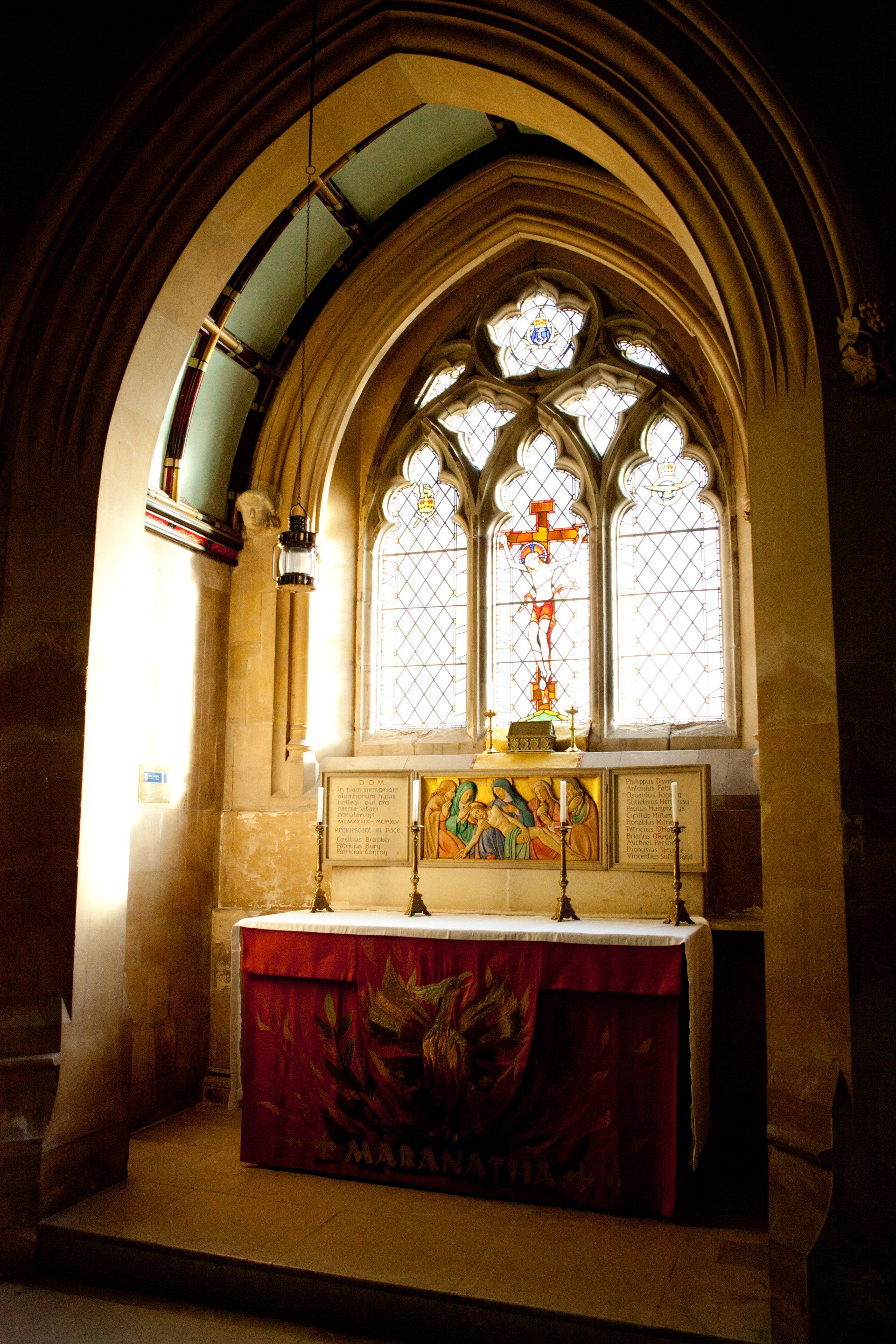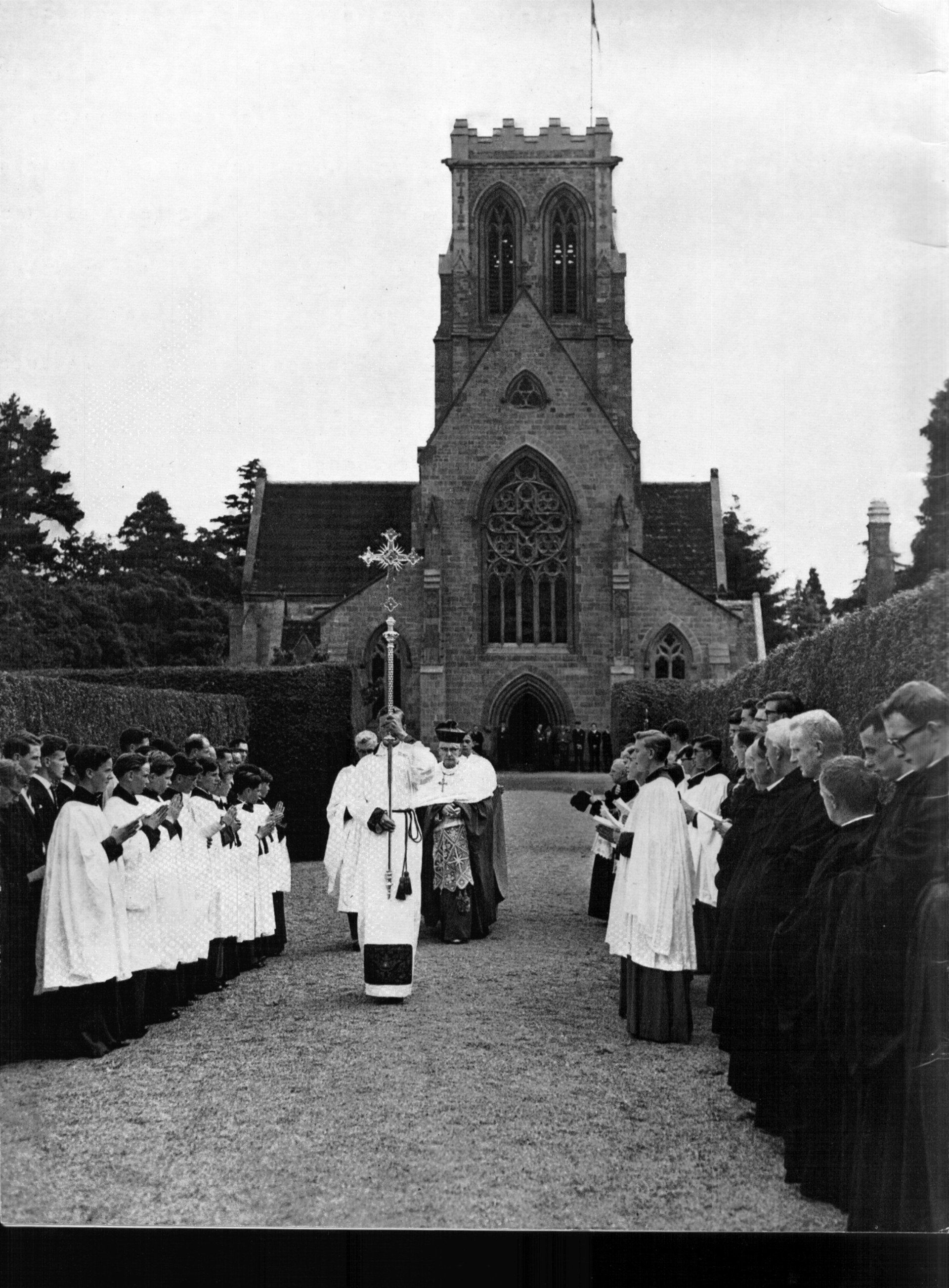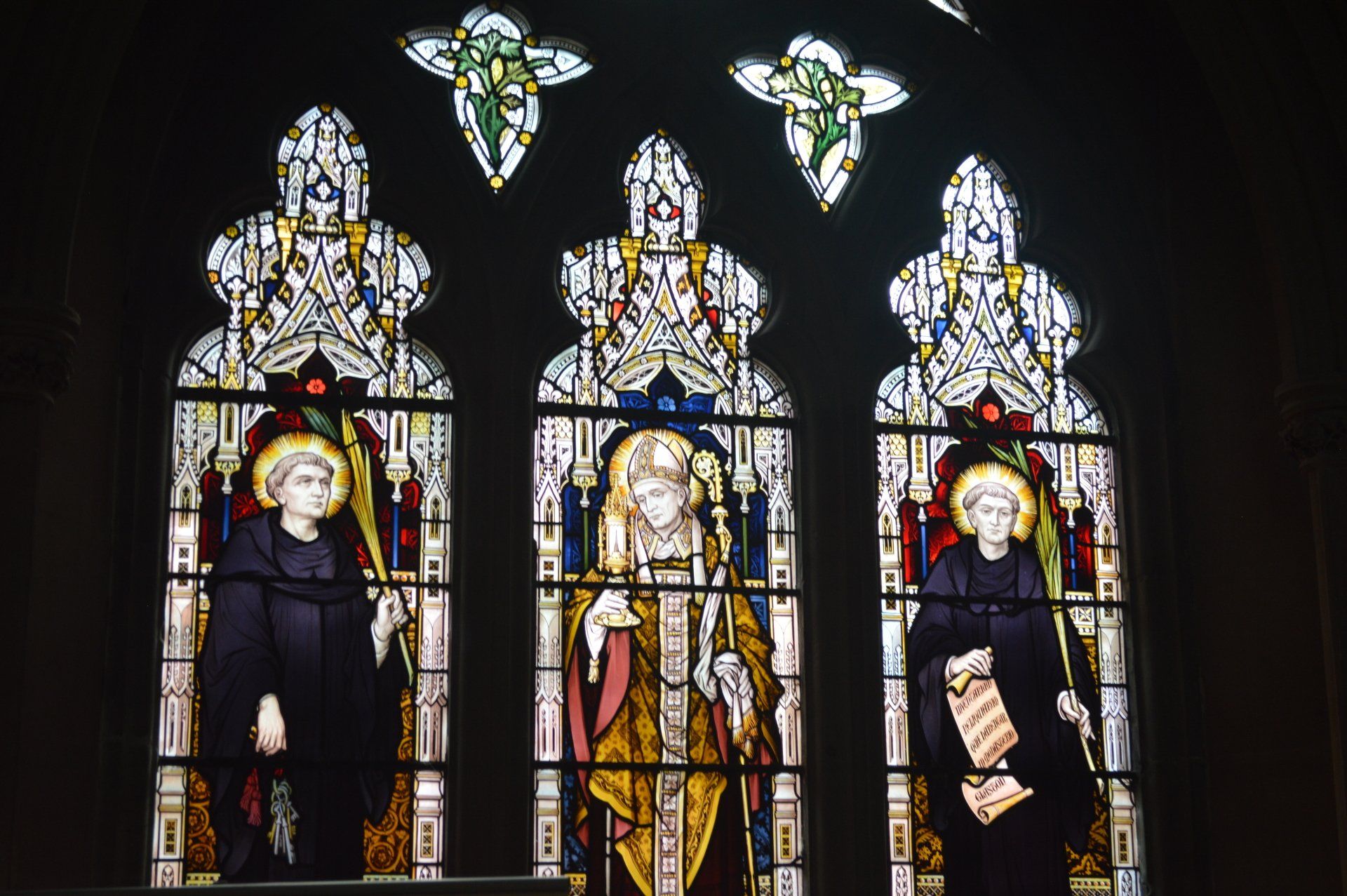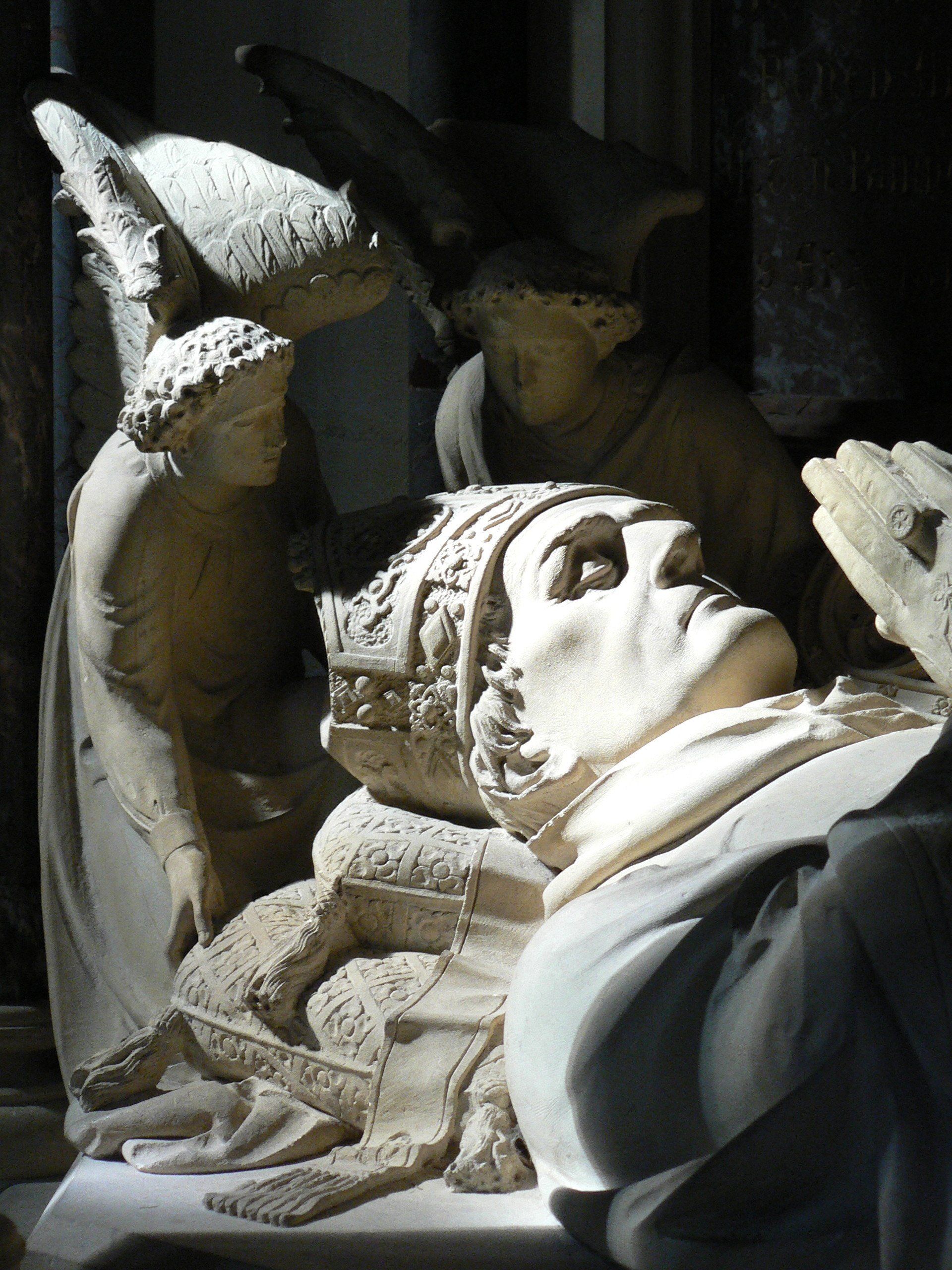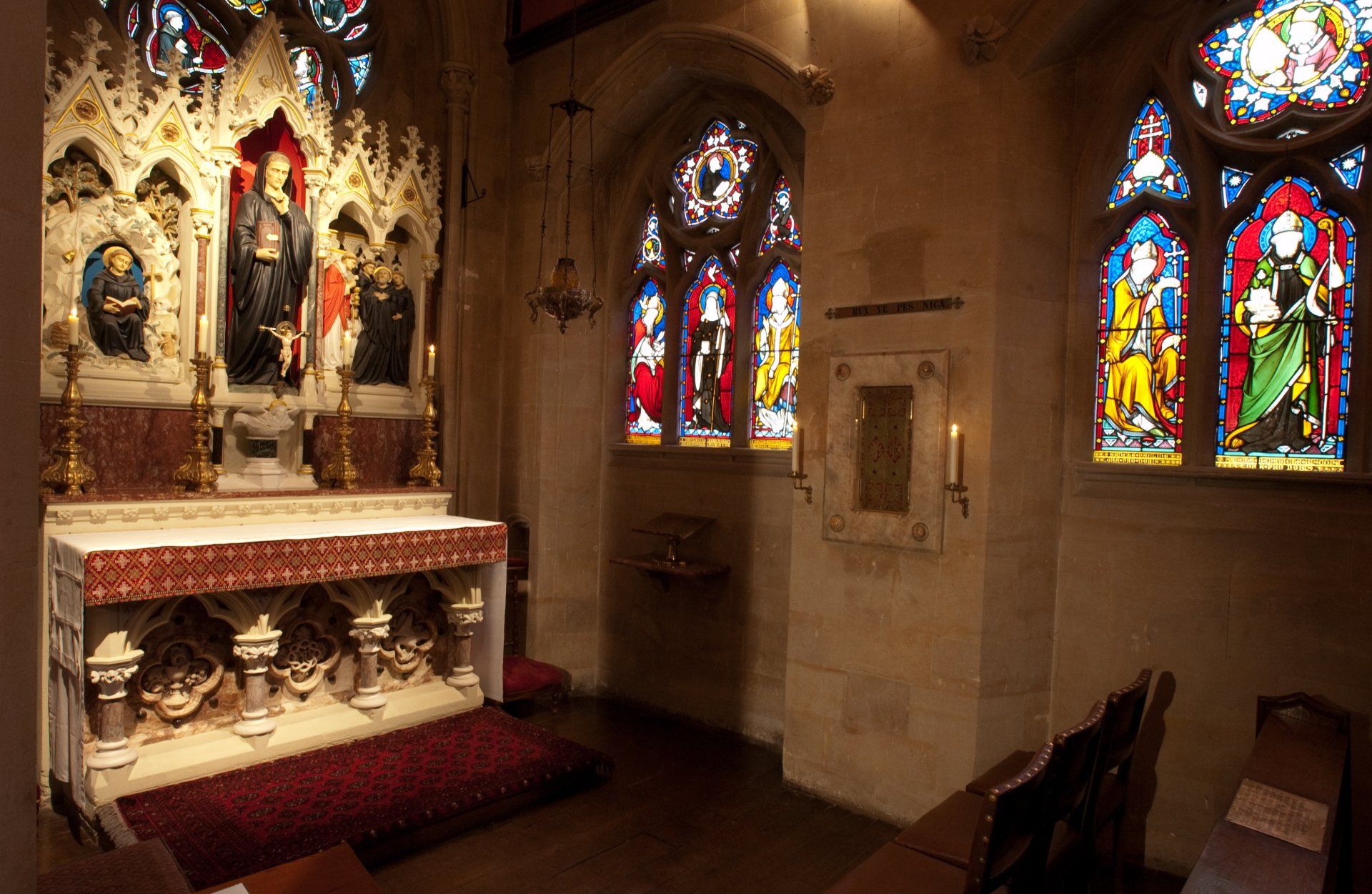History and Heritage
A Short History of Belmont Abbey
Benedictines in Britain
Benedictine monasticism was part of the landscape of Medieval Britain, but the Reformation in England and the Dissolution of the Monasteries brought an end to monastic life in England and Wales. The age of the great Abbeys like Canterbury, Westminster, Gloucester and St Albans was over, but monasticism itself was waiting to be restored. In the seventeenth century Englishmen and Welshmen went to the Continent and re-established the English Benedictine Congregation in exile.
This Congregation, which itself goes back to the thirteenth Century, founded Belmont in 1859 as the Common House of Studies for the three existing monasteries (now Downside, Ampleforth and Douai). At the same time it was the Cathedral for the Diocese of Newport and Menevia which covered the whole of Wales and Herefordshire.
In 1917, the General Chapter of the Congregation declared Belmont to be an independent Priory, and in 1920 the Holy See raised it to the rank of an Abbey by the Papal Bull Praeclara Gesta.
Dom Aelred Kindersley, a monk of Downside, had been appointed as the last Cathedral Prior in 1915. The young community elected him as their first Abbot in 1920. Abbot Kindersley ruled the infant community for fourteen more years until his death in 1934. He saw the numbers of monks and the variety and scope of work increase. During his term of Office the Abbey School was established and the Community took to its care a number of parishes. The school closed in 1994, but educational work continues with visiting school groups and local catechetical work. The Community has also expanded its hospitality work: Hedley Lodge is the Abbey Guesthouse where individuals and groups are welcomed for retreats, conferences and holiday breaks. An annual programme of retreats is organized by the Retreat Director.
In 1981 three monks began the monastic life at Tambogrande in the north of Peru at the invitation of the Archbishop of Piura. This is now the monastery of the Incarnation, recently moved to Lurin.
Today the Community numbers about forty monks: about 18 are resident at the Abbey with others working outside at Belmont's commitments or in Peru
New Paragraph
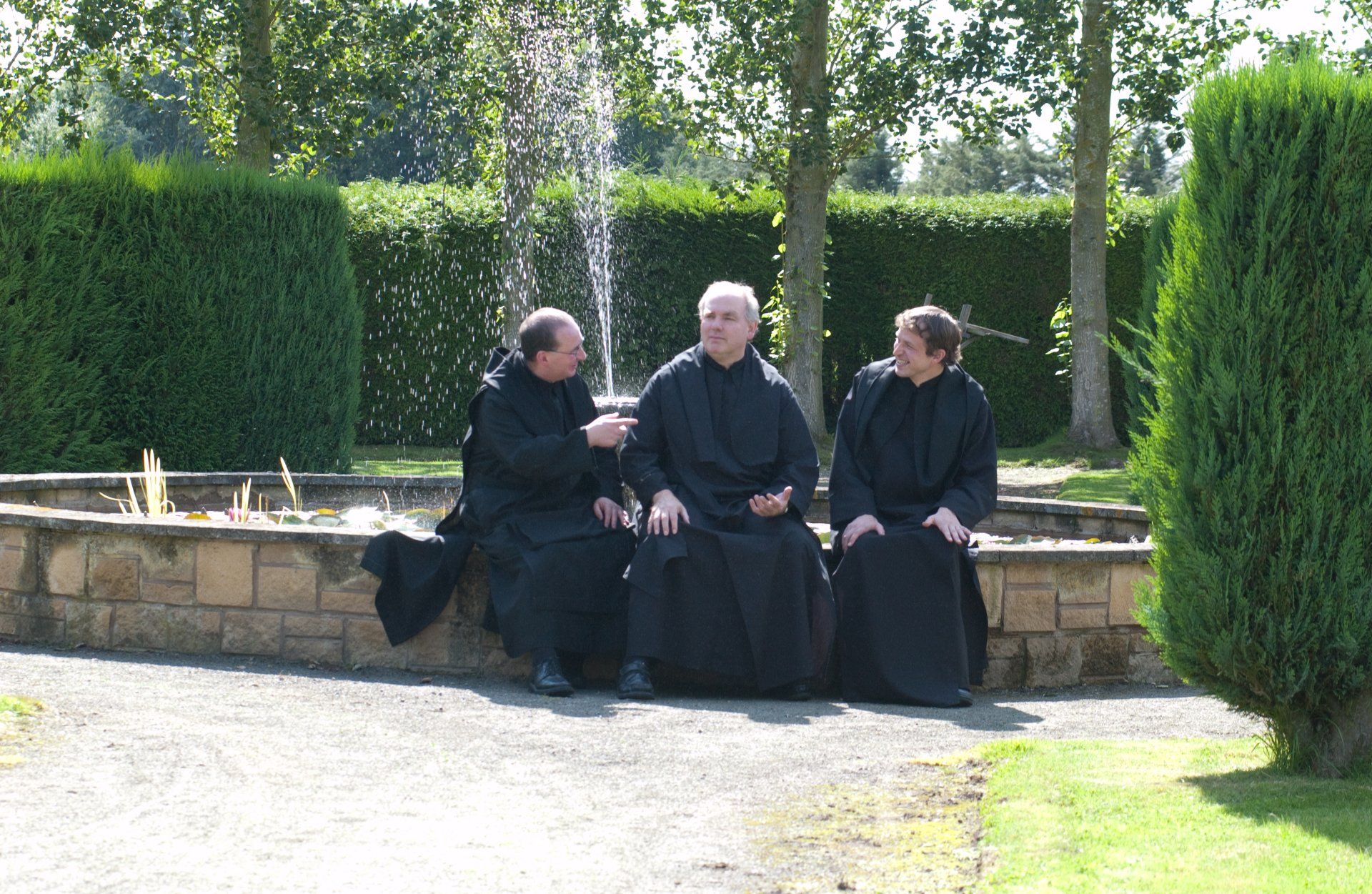
Slide title
Write your caption hereButton
Our Church at Belmont Abbey
The Church at Belmont was built to the designs of Edward Welby Pugin, son of he great Augustus Welby Pugin. Built in the decorated, early English, or Gothic style, it demonstrated the resurgent optimism of the restored Catholic faith. The exterior is in local pink sandstone, simple and unadorned, especially the west front which is reminiscent of many classical monastic facades of the fourteenth century. The interior is faced with warm Bath stone. Light from the rich aisle windows frequently suffuses the whole space. It is a beautiful place to sit on a sunny summer's afternoon.
Edward Welby Pugin
The Church at Belmont was built to the designs of Edward Welby Pugin, son of he great Augustus Welby Pugin. Built in the decorated, early English, or Gothic style, it demonstrated the resurgent optimism of the restored Catholic faith. The exterior is in local pink sandstone, simple and unadorned, especially the west front which is reminiscent of many classical monastic facades of the fourteenth century. The interior is faced with warm Bath stone. Light from the rich aisle windows frequently suffuse the whole space. It is a beautiful place to sit on a sunny summer's afternoon.
Church Features
The Church is dominated by four elegant, steeply pointed, arches which support the central tower, leading the eye heavenwards. Originally this was the crossing, but now the altar stands here at the centre of the Church, well suited to the revised liturgy. On the modern stone altar is carved the figure of the Lamb of God. Symbols of the four evangelists, (Matthew the man, Mark the lion, Luke the (Hereford!) bull, and John the eagle) stand around on the corbels of the central pillars, calling to mind the heavenly liturgy of the Book of Revelation and the worship of the Lamb.
Our Monastery
Belmont AbbeyRuckhall LaneHerefordHR2 9RZ
Phone: 01432 374710E-mail:
Enquirieswww.belmontabbey.org.uk
HOW TO FIND US
Copyright 2018 © Belmont Abbey. All rights reserved | “Belmont Abbey General CIO (registered charity number 1190035).
Principal office: Belmont Abbey, Ruckall lane, Hereford HR2 9RZ.”
Principal office: Belmont Abbey, Ruckall lane, Hereford HR2 9RZ.”
Website developed by:
Every Day Christian Marketing Ltd

